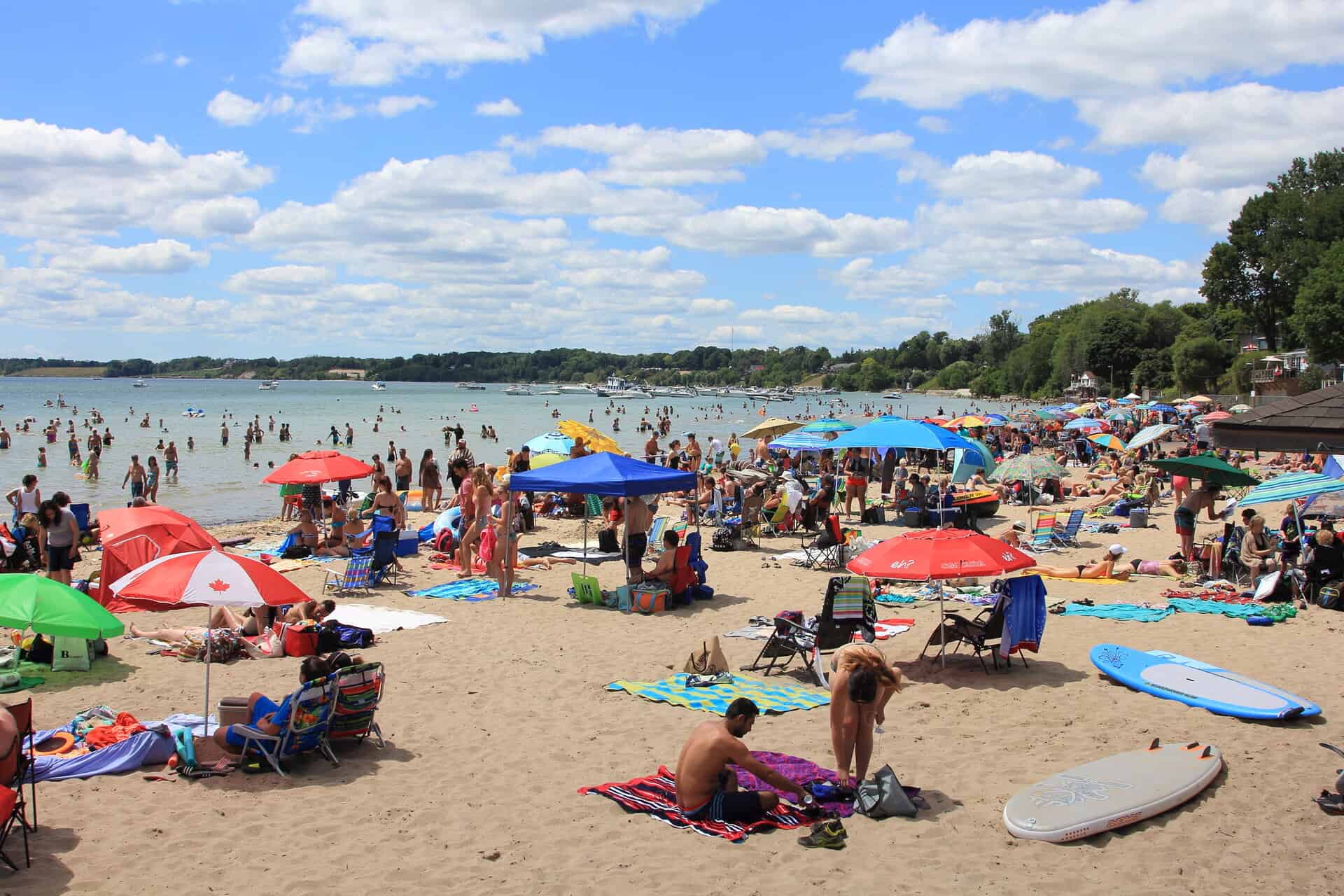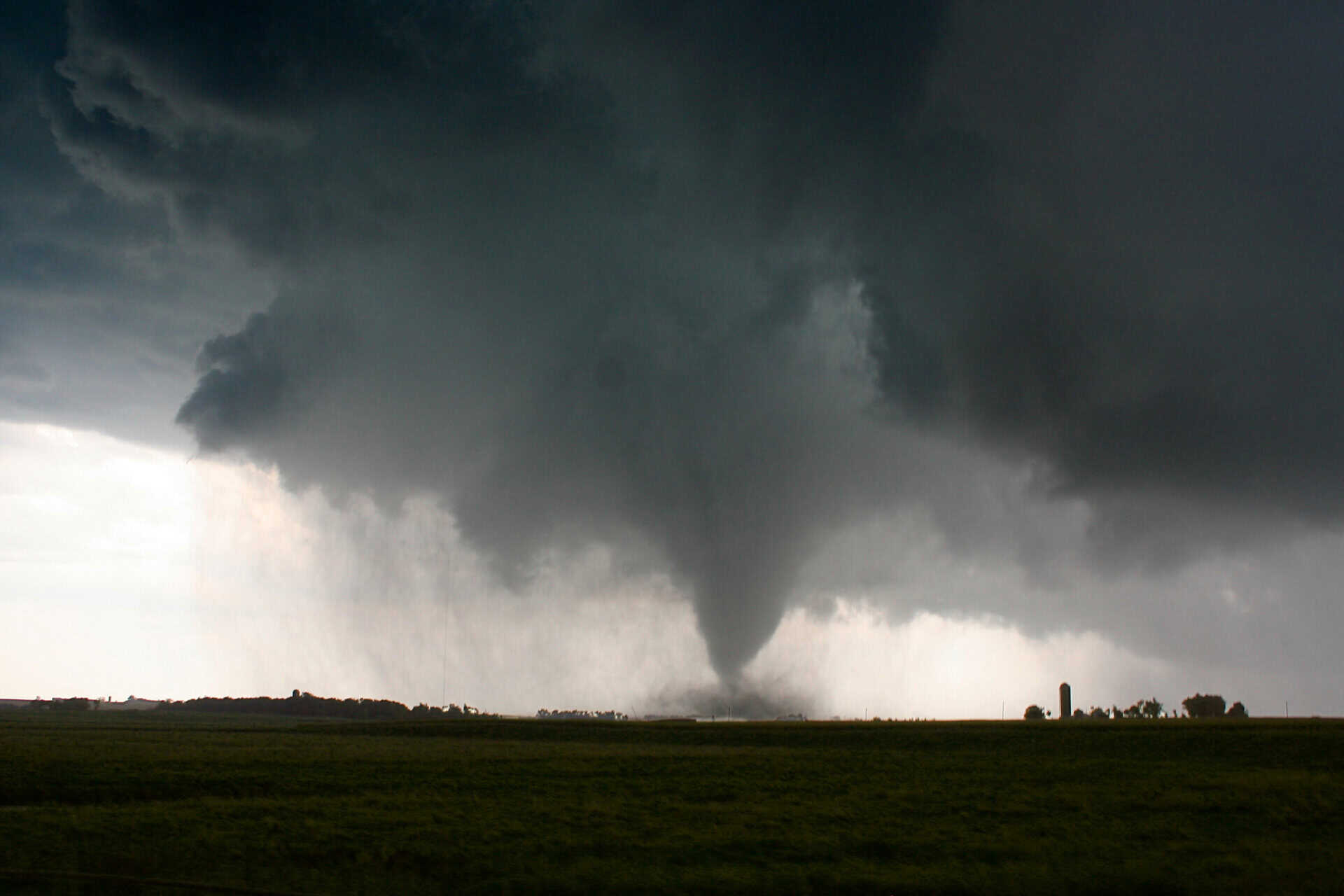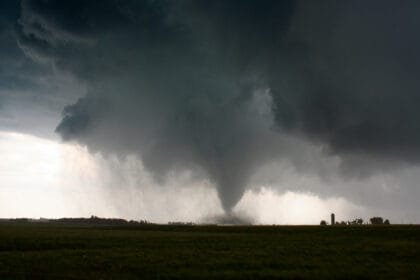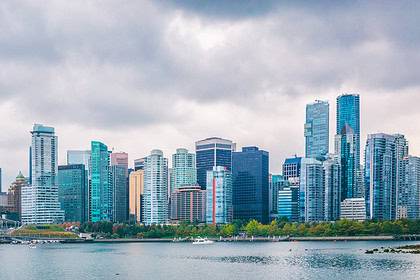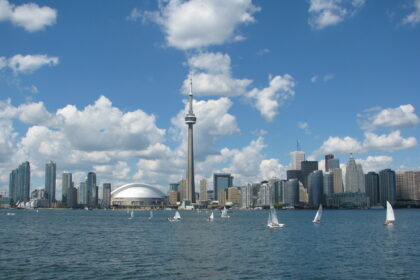
July has arrived in full swing and, after a long winter and a sluggish spring, summer is finally starting to show its hottest side. But which parts of Canada will really feel the heat in July 2025? Here’s our complete update on the temperature and precipitation patterns expected for the rest of the month, with a detailed look at heat and weather extremes.
Canada braces for a scorching July
For most of the country, July is typically the warmest month of the year. In 2025, we expect it to fully live up to that reputation, with very warm to hot conditions expected from coast to coast.
The most significant temperature anomalies are forecast between the Rockies and the Great Lakes, but above-normal warmth will extend across almost the entire country. Areas of Ontario, Quebec, and Atlantic Canada will also experience episodes of extreme heat throughout the month.
Where extreme heat will peak this July
As the month progresses, the core of the heat will shift across different regions. For much of July, the Prairie provinces—especially Alberta, Saskatchewan, and Manitoba—will be the hottest zones, but several rounds of high temperatures will also spread into Ontario, Quebec, and parts of the Maritimes, including Nova Scotia, New Brunswick, and Newfoundland.
This fluctuation in heat zones will help prevent extended heatwaves in any one region, allowing for occasional cooler breaks even in areas that will finish the month well above seasonal norms.
One cool exception: the Arctic North
The one notable exception to the country-wide heat will be the far northern parts of Canada, especially north of the Arctic Circle. Here, temperatures are expected to remain near or slightly below normal, with the Arctic Ocean influence and continuous daylight helping to moderate extremes.
July precipitation: highly localized and unpredictable
As is typical in summer, precipitation patterns will be patchy and erratic. Thunderstorms can deliver a month’s worth of rain in just an hour, while nearby areas remain bone-dry.
Across Western Canada, from British Columbia through Alberta, we expect below-normal rainfall overall. Still, this won’t mean a completely dry month. Scattered thunderstorms, some severe, will bring short bursts of torrential rain, but many areas will end up much drier than June.
In contrast, the eastern half of the country, from Ontario through to the Atlantic provinces, is expected to experience a more active storm pattern. Muggy conditions and passing cold fronts will fuel frequent thunderstorms, though some areas may still experience dry stretches in between storm activity.
July, the month of light
Regardless of the weather, one thing July always guarantees is long daylight hours. With extended evenings and early sunrises, it’s the perfect time to enjoy the outdoors—whether you’re in the forests of Ontario, along the cliffs of Prince Edward Island, or anywhere else across our stunning Canadian landscapes.
Stay tuned to The Weather Network for ongoing weather updates across Canada throughout the month of July.


